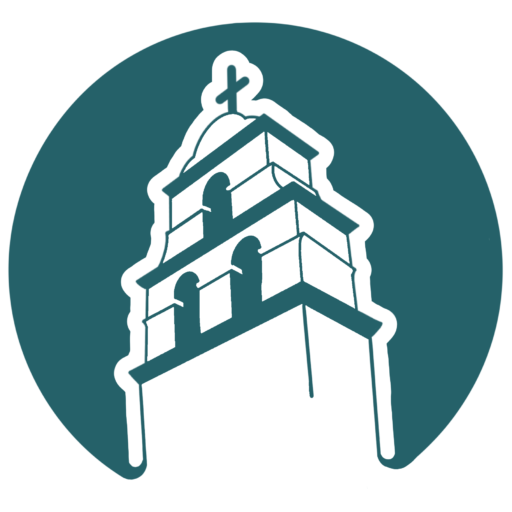Do we read from the Bible at Mass?
Readings from Scripture are part of every Mass. At least two readings, one always from the Gospels, (3 on Sundays and solemnities) make up the Liturgy of the Word. In addition, a psalm or canticle is sung.
These readings are typically read from a Lectionary, not a Bible, though the Lectionary is taken from the Bible.
What’s the difference between a Bible and a Lectionary?
A Lectionary is composed of the readings and the responsorial psalm assigned for each Mass of the year (Sundays, weekdays, and special occasions). The readings are divided by the day or the theme (baptism, marriage, vocations, etc.) rather than according to the books of the Bible. Introductions and conclusions have been added to each reading. Not all of the Bible is included in the Lectionary.
Individual readings in the Lectionary are called pericopes, from a Greek word meaning a “section” or “cutting.” Because the Mass readings are only portions of a book or chapter, introductory phrases, called incipits, are often added to begin the Lectionary reading, for example, “In those days,” “Jesus said to his disciples,” etc.
How can anyone own the copyright on the Bible? Isn’t it free to everyone?
No one owns the copyright on the Bible itself. Rather, the copyright is held on particular translations or editions of the Bible. The Confraternity of Christian Doctrine (CCD) owns the copyright on the New American Bible translation. Some versions of the Bible, such as the King James Version (not the New King James Version) are in the public domain.
The copyright allows the owner to protect the integrity of the text so that individuals may not introduce changes without permission. Royalty fees earned by licensing the text to companies who publish and sell Bibles help to provide funds for Scripture scholarship and other educational needs.
How is the Lectionary arranged?
The Lectionary is arranged in two cycles, one for Sundays and one for weekdays.
The Sunday cycle is divided into three years, labeled A, B, and C. 2008 was Year A. 2009 was Year B, 2010 is Year C, etc. In Year A, we read mostly from the Gospel of Matthew. In Year B, we read the Gospel of Mark and chapter 6 of the Gospel of John. In Year C, we read the Gospel of Luke. The Gospel of John is read during the Easter season in all three years. The first reading, usually from the Old Testament, reflects important themes from the Gospel reading. The second reading is usually from one of the epistles, a letter written to an early church community. These letters are read semi-continuously. Each Sunday, we pick up close to where we left off the Sunday before, though some passages are never read.
The weekday cycle is divided into two years, Year I and Year II. Year I is read in odd-numbered years (2009, 2011, etc.) and Year II is used in even-numbered years (2010, 2012, etc.) The Gospels for both years are the same. During the year, the Gospels are read semi-continuously, beginning with Mark, then moving on to Matthew and Luke. The Gospel of John is read during the Easter season. For Advent, Christmas, and Lent, readings are chosen that are appropriate to the season. The first reading on weekdays may be taken from the Old or the New Testament. Typically, a single book is read semi-continuously (i.e., some passages are not read) until it is finished and then a new book is started.
The year of the cycle does not change on January 1, but on the First Sunday of Advent (usually late November) which is the beginning of the liturgical year.
In addition to the Sunday and weekday cycles, the Lectionary provides readings for feasts of the saints, for common celebrations such as Marian feasts, for ritual Masses (weddings, funerals, etc.), for votive Masses, and for various needs. These readings have been selected to reflect the themes of these celebrations.
Is the New American Bible the only translation of Scriptures we can read from at Mass?
Since May 19, 2002, the revised Lectionary, based on the New American Bible is the only English-language Lectionary that may be used at Mass in the dioceses of the United States, except for the current Lectionary for Masses with Children which remains in use.
The 1970 edition of the New American Bible is used in the Scripture readings and canticles of the Liturgy of the Hours (except the Benedictus, Magnificat, and Nunc dimittis.)
